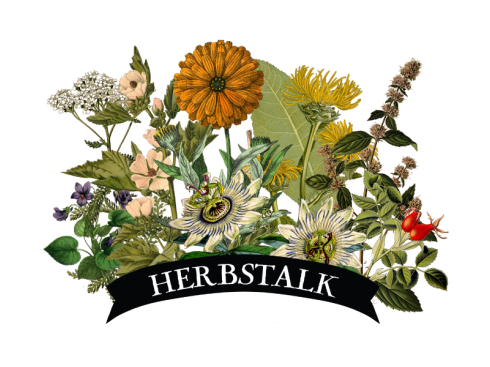|
by Nathaniel Putnam Momordica charantia I recently had the joy of attending a conference called Medicines from the Edge down in Costa Rica. While I have experience with the flora of the rainforest, Costa Rica is the most biodiverse country in Latin America. From mountains stretching to over 10,000ft down to sandy beaches along the coast, the plants reflect a rich history that spreads across time and place. Among the old indigenous native species, there are invaders from Europe and new immigrants from the Caribbean Islands and Africa. One workshop reviewed over 60 medicinal plants that were mostly brand new to me. Still in one local park, I ran into familiar friends: dandelion and plantain; seeds that traveled on the boots of the Spanish. But outside that cultivated area, the vines, trees, and herbaceous plants become a raveled mess to untangle and explore more in depth. Fruit-bearing tree permaculture has expanded in these tropical regions of the world as our diet takes on a more global flavor. I can walk into a grocery store like a Whole Foods Market or Trader Joe’s and find 5 kinds of coconut water and coconut oil, along with juices from acai, noni, and mangosteen fruits. Down in Costa Rica, I recognized a bumpy yellow cucumber-like fruit called sorosi or karela but here in the the States, it is known as bitter melon. Anyone who has tried bitter melon knows of its “bite” and tasting this fruit is an adventure that requires a strong will and a strong stomach. Cleverly enough, the genus name,Momordica comes from the Latin word, momordi, meaning “to bite”, a reference not to the taste but to the shape of the leaves. Traditionally, the leaves and fruits are used in medicinal preparations but all parts of the plant can be used in various ways. Leaves: These can be brewed into a tea for when you are tired or have a stomachache from eating too many sweets. The tea can also be used for malaria, worms, and other parasites as well as tumors, bacteria and viruses. On occasion, a strong tea can be used to stimulate uterine contractions. The leaves are applied topically for scabies, rashes, eczema, sores and infections. Fruits: The red fruit is cooked in oil and added to tortillas. The fruit juice is harvested by crushing/mashing the fruits. This remedy is one of the most common used for high blood sugar across Latin America. Dosage: A traditional dosage for high blood sugar is the juice of 1-2 fruits consumed twice a day. If you can’t get fresh fruits or pods, use 1 cup of a leaf or whole herb decoction twice a day. At a similar rate, a 1-3 ml dose of a 4:1 leaf tincture can be used. You can also find bitter melon extracts in tablets or capsules; about 1-3 grams, twice a day. Scientific Verification: Research has shown that the plant has a mixture of saponins, peptides, and alkaloids that enhance the cells’ uptake of glucose, promote insulin release, and increase the effect of insulin. The plant contains proteins that inhibit guanylate cyclase, an enzyme linked to psoriasis and the growth of leukemia and cancer cells. A Word for the Wise: Like many bitter plants, bitter melon can be strong and effective. Toxicity is low but be respectful. Take caution before using this plant with anyone who is pregnant, breast feeding, or trying to get pregnancy. Similarly, diabetics should use with caution while monitoring their blood sugar levels regularly and adjust the dosage of insulin as needed. Bitter melon can increase the effectiveness of anti-diabetic and cholesterol-lowering drugs. A Final Thought: Some say that bitter melon does not take well to be cultivated and often grows better in the wild. A few folks that I spoke with talked about the wild and free soul of the bitter melon. If you are adventurous enough to try one, I suggest you let the plant do the talking.  Nathaniel Putnam serves as the Educational Coordinator of the Medicinal Plant Program at UMass Amherst. He has traveled to over 15 countries and leads a field study course to Peru on the medicinal plants of the Amazon rainforest. He also writes about ethnobotany, with a focus on plants for mental health and use in psychotherapy. Nathaniel is co-founder ofPsymposia, a conference on the nature of psychedelic plants. Comments are closed.
|
Archives
November 2023
Categories
All
|
Join the Newsletter!
Receive news about future Herbstalk events
Thank you!
You have successfully joined our subscriber list.
Copyright © Herbstalk 2024

 RSS Feed
RSS Feed